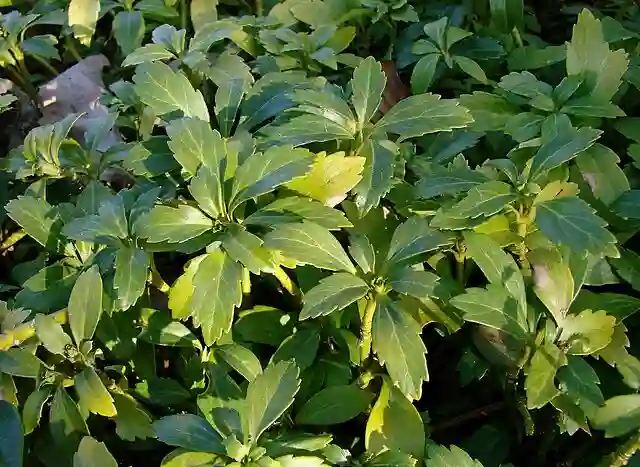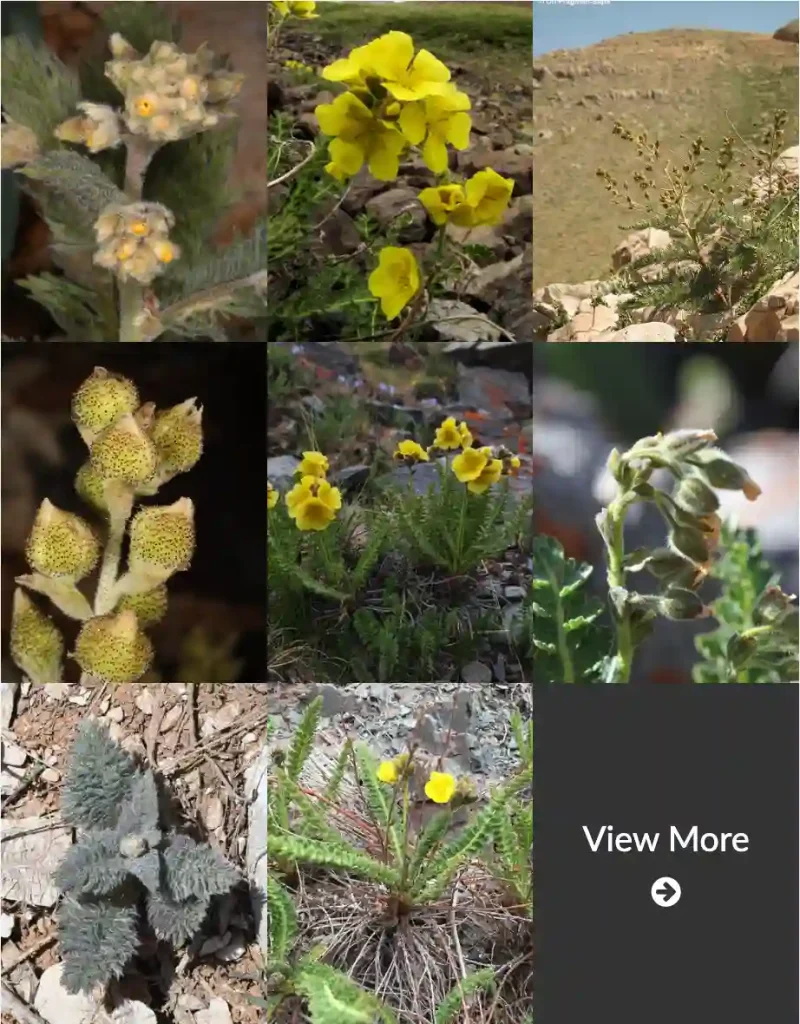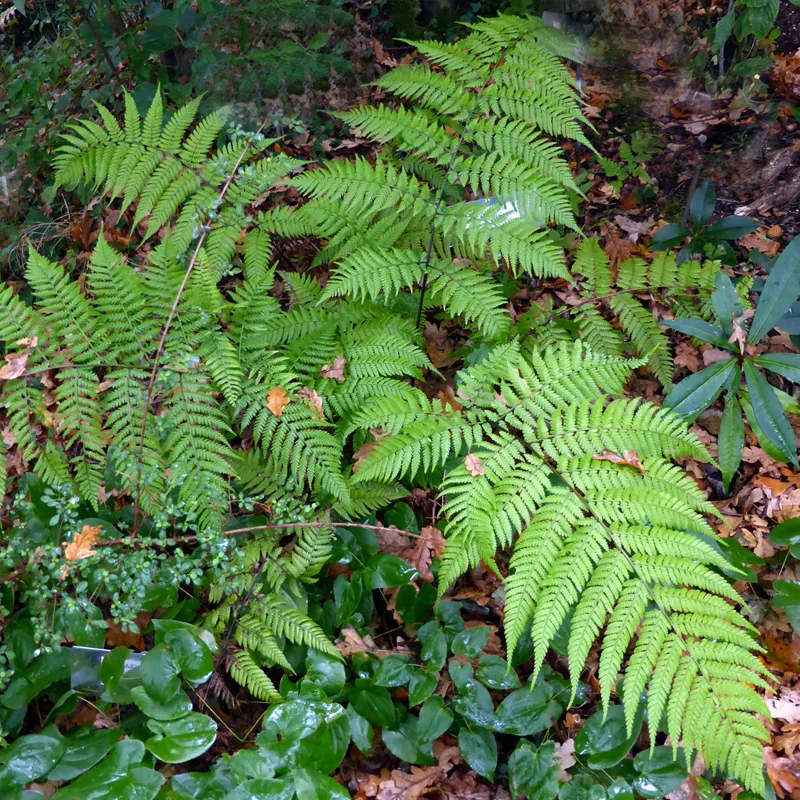My Fascination with the Nartheciaceae Family
As a botanist, I’ve always been captivated by the diversity and intricacies of the plant kingdom. One family that has particularly piqued my interest is the Nartheciaceae, a small but fascinating group of flowering plants. Often overlooked due to their modest size and unassuming appearance, these plants hold a unique place in the botanical world.
Unveiling the Nartheciaceae
The Nartheciaceae family comprises around 40 species spread across 5 genera. These plants are primarily found in temperate regions of the Northern Hemisphere, often inhabiting wetlands, bogs, and other damp habitats. They are characterized by their grass-like leaves, small, inconspicuous flowers, and rhizomatous or bulbous growth habits.
Genera Within the Nartheciaceae
- Aletris: This genus includes around 25 species, commonly known as colicroots or stargrasses. They are found in North America and East Asia, and are known for their medicinal properties.
- Lophiola: This genus consists of a single species, Lophiola aurea, also known as goldencrest. It is a rare plant native to the eastern United States, characterized by its golden-yellow flowers.
- Metanarthecium: This genus includes around 10 species found in East Asia. They are often found in mountainous regions and are known for their ornamental value.
- Narthecium: This genus includes around five species, commonly known as bog asphodels. They are found in Europe and North America, and are typically associated with wetland habitats.
- Nietneria: Nietneria is a genus of flowering plants in the Nartheciaceae family. It contains two known species, both native to northern South America. These plants are typically found in wet, swampy areas and are characterized by their grass-like leaves and small, yellow flowers. Nietneria species play an important role in their ecosystems, providing habitat and food for various insects and other small animals. They are also considered to be indicator species of healthy wetland environments.
Unique Features of the Nartheciaceae
While Nartheciaceae plants may not be the showiest flowers in the meadow, they possess several unique features that make them worthy of attention. Their rhizomatous or bulbous growth habits allow them to thrive in damp, nutrient-poor soils. Their small, inconspicuous flowers are often pollinated by wind or insects, and their seeds are dispersed by a variety of mechanisms, including wind, water, and animals.
Ecological Importance
Nartheciaceae plants play a vital role in their ecosystems. They provide food and shelter for a variety of insects and other invertebrates, and their roots help to stabilize soils and prevent erosion. They also contribute to the overall biodiversity of wetland habitats, which are crucial for maintaining healthy ecosystems.
Conservation Concerns
While the Nartheciaceae family is not currently considered to be threatened, several species within the family are considered rare or endangered due to habitat loss, pollution, and other human-induced threats. It is important to protect these plants and their habitats to ensure their continued survival.
My Personal Connection
As a botanist, I find the Nartheciaceae family to be a source of endless fascination. Their unique adaptations, ecological importance, and conservation concerns make them a valuable subject of study. I am particularly interested in their evolutionary history and their relationships with other plant families. Through my research, I hope to contribute to a better understanding of these remarkable plants and their place in the natural world.
In conclusion, the Nartheciaceae family may be small and unassuming, but it holds a special place in my heart. These plants remind us that even the most inconspicuous organisms can play a vital role in the intricate web of life. As we continue to explore and understand the natural world, let us not forget the importance of appreciating and conserving all forms of life, no matter how small or seemingly insignificant.
If i die, water my plants!



